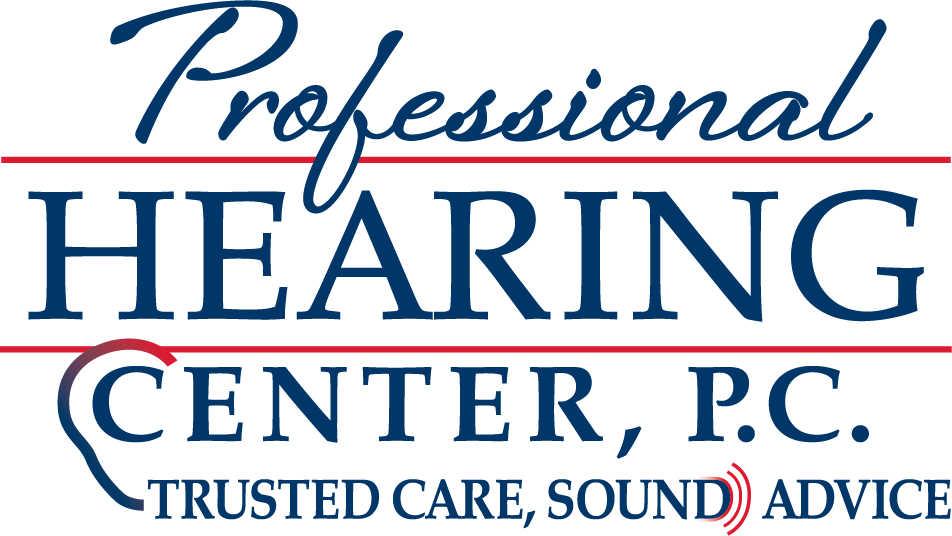
It’s one thing to know that you need to safeguard your ears. Recognizing when to safeguard your ears is a different story. It’s not as simple as, for example, knowing when to wear sunblock. (Is it sunny and will you be outside? Then you need sunblock.) It’s not even as easy as recognizing when to wear eye protection (Handling hazardous chemicals? Doing some construction? You need to wear eye protection).
With regards to when to use hearing protection, there seems to be a large grey area which can be risky. Unless we have specific knowledge that some activity or place is dangerous we tend to take the easy road which is to avoid the issue entirely.
A Tale of Risk Assessment
In general, we’re not very good at assessing risk, especially when it comes to something as intangible as damage to the ears or the possibility of long term sensorineural hearing loss. Let’s take some examples to demonstrate the situation:
- A very loud rock concert is attended by person A. 3 hours is about how long the concert lasts.
- A landscaping company is run by person B. She spends a significant amount of time mowing lawns, then goes home to a quiet house and reads a book.
- Person C works in an office.
You may believe the hearing hazard is greater for person A (let’s just call her Ann). Ann leaves the show with ringing ears, and she’ll spend the majority of the next day, struggling to hear herself talk. It seems fair to assume that Ann’s activity was rather risky.
Person B (let’s just call her Betty), on the other hand, is subjected to less noise. There’s no ringing in her ears. So her hearing must be safer, right? Not necessarily. Because Betty is mowing every day. The truth is, the damage accumulates a little bit at a time despite the fact that they don’t ring out. Even moderate noise, if experienced regularly, can injury your hearing.
Person C (let’s call her Chris) is even less evident. Lawnmowers come with instructions that indicate the dangers of long-term exposure to noise. But even though Chris has a relatively quiet job, her long morning commute on the train each day is quite loud. In addition, she sits behind her desk and listens to music through earbuds. Does she need to give some thought to protection?
When is it Time to Worry About Protecting Your Hearing?
Generally speaking, you need to turn down the volume if you have to raise your voice to be heard. And if your environment is that loud, you should think about wearing earplugs or earmuffs.
If you want to think about this a little more scientifically, you should use 85dB as your cutoff. Noises above 85dB have the ability to result in injury over time, so you need to think about using ear protection in those conditions.
Your ears don’t have a built-in sound level meter to warn you when you get to that 85dB level, so most hearing professionals recommend obtaining special apps for your phone. You will be able to take the correct steps to safeguard your hearing because these apps will tell you when the noise is approaching a harmful volume.
A Few Examples
Even if you do get that app and bring it with you, your phone may not be with you everywhere you go. So a few examples of when to safeguard your ears might help you develop a good standard. Here we go:
- Exercise: You know your morning cycling class? Or perhaps your daily elliptical session. All of these cases could require hearing protection. The loud volume from trainers who use loud music and microphones for motivation, though it might be good for your heart rate, can be bad for your ears.
- Every day Chores: We already discussed how something as straightforward as mowing the lawn, when done frequently, can necessitate hearing protection. Chores, including mowing, are most likely something you don’t even think about, but they can result in hearing impairment.
- Using Power Tools: You recognize that working every day at your factory job is going to call for hearing protection. But how about the hobbyist building in his garage? Even if it’s only a hobby, hearing specialists suggest using hearing protection if you’re working with power equipment.
- Listening to music with earbuds. This one calls for caution, more than protection. Pay attention to how loud the music is, how long you’re listening to it, and whether it’s going directly into your ears. Noise-canceling headphones are a good choice to steer clear of needing to turn the volume way up.
- Driving & Commuting: Do you drive for Lyft or Uber? Or maybe you’re riding the subway after waiting for a while downtown. The noise of living in the city is bad enough for your hearing, not to mention the extra injury caused by turning up your tunes to drown out the city noise.
A good baseline may be established by these examples. When in doubt, however, you should defer to protection. In most cases, it’s better to over-protect your hearing than to leave them exposed to possible injury in the future. Protect today, hear tomorrow.
